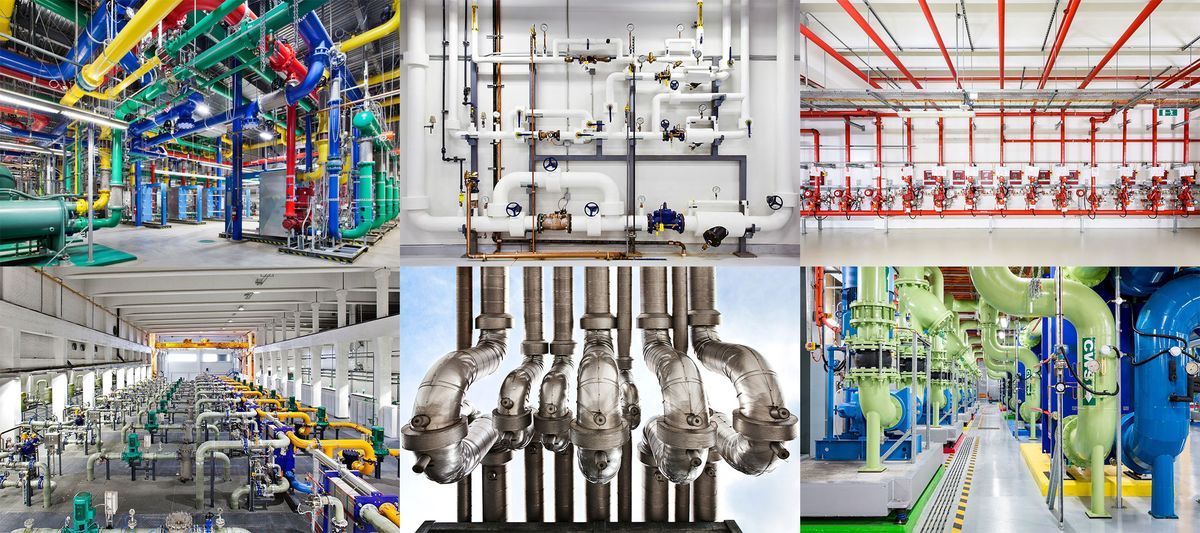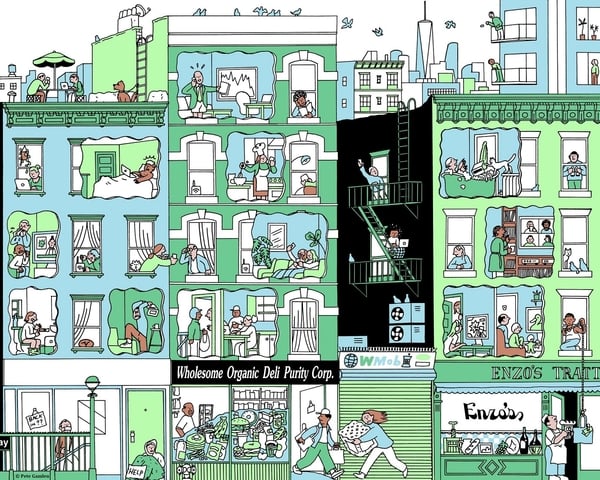
Internet Shows Strength during Pandemic Usage Spikes
May 12, 2020
6 Major Cyber Threats Businesses May Face in Future
May 19, 2020Data centers are an essential part of the world we live in, but the over usage of resources the industry uses has been in question for quite some time. The resource that has mostly been in question is energy, but with Google’s new data center project in Arizona, water usage is now in question as well. As a society, we are taught and encouraged to conserve water, but each of us still uses about 120 gallons of water per day. Google’s new data center is guaranteed 1 million gallons of water a day to cool its data center, and up to 4 million if it reaches certain milestones. What does this mean?
Water Wasting Data Centers Will Run out of Resources
The way some data centers use water isn’t sustainable. Water is thought of as a cheap resource compared to electricity. This misconception may come from the idea that 70 percent of the planet is water. Although this is true, only a fraction of this is usable. Water usage around the world has grown about 1 percent every year since the 1980s and will continue to do so. This means our water usage has grown 40 percent since 1980 and will grow another 30 percent by the year 2050. Our water usage and the lack of supply due to climate change is worrisome.
Water shouldn’t be looked at as a cheap resource. If we continue to do so, we will run out of this resource in the future. Could the industry survive without using water?
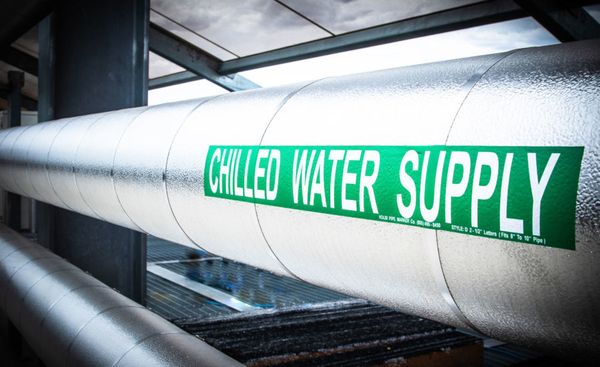
Photo Source: missioncriticalmagazine
Can Data Centers Operate if Water Is in Short Supply?
Most data center water consumption comes from water-based cooling systems. And because of this, designing a better cooling system will be necessary if we want to continue using data centers in the future. Designing a cooling system void of water would be ideal, but most operations just can’t switch overnight. Data centers that are stuck using a water-based cooling system should focus on finding methods of using water more efficiently. This can include switching to chemical treatments to demineralize evaporating surfaces, recommissioning to reduce the cooling load, increasing cycles of concentration in cooling towers, or using artificial intelligence for efficiency.
The ideal data center system for a sustainable future would be one that consumes no water or as close to that as possible. There will still be some water consumption for humidification, maintenance, and plumbing, but this should be nowhere near the amount currently being used by water towers and evaporative cooling systems. A sustainable data center should be a priority for researchers and data center managers because of the negative impacts current data centers have on the environment.
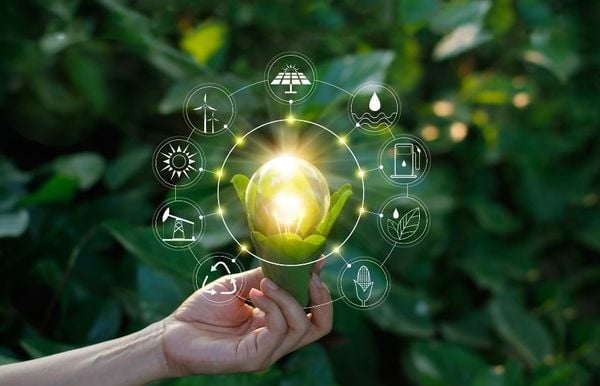
Photo Source: datacentrenews
What Is the Environmental Impact of Data Centers?
The way we are currently powering and cooling data centers are hurting the environment. As technology continues to advance, the need for data centers and its usage are pushed harder than ever. Powering and cooling these data centers use a lot of energy and burn fossil fuel, which creates carbon emission. This can be hazardous to our environment, which is why using renewable energy and finding ways for data centers to consume less water is vital.
Data centers are essential, but its current operational state isn’t sustainable. We will use up all our resources and create and release more carbon emissions. It is important to educate ourselves and the rest of the industry on the significance of a more environmentally friendly and sustainable data for the future. With all of the data, we are creating, optimizing data centers’ performance while reducing its environmental impact should be viewed as a crucial next step for the industry.
A New Hope for the Data Center Sustainability
REIT has announced its first net-positive water data center, CyrusOne Chandler, located in Arizona. This is done by using proprietary technology that utilizes an air-cooled chiller with an integrated compressor and condenser that cools the closed-loop of water. They do not use evaporative cooling or any new water usage. And this water isn’t released into the sewer system. Because this was designed as a zero-water consuming cooling system from the beginning, the water efficiency is unlike other systems.
According to the Department of Energy, an average data center consumes about 1.8 – 5 liters of water to cool every kWh. With these averages, CyrusOne Chandler will be operating 94 percent less than the industry average. And for every 10 gallons, the data center uses it restores 14 gallons of water into the local community watershed. Making this data center a net-positive operation.
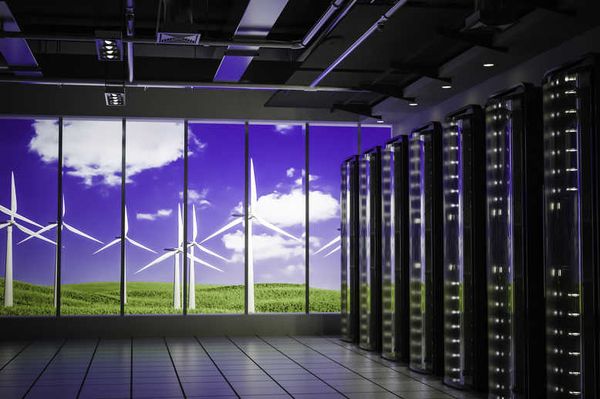
Photo Source: ecohz
What Is a Renewable Energy Data Center?
Another aspect of a sustainable data center is renewable energy. Consuming less water should be a priority but using renewable energy should also be at the top of the list. Some of the biggest companies are already leading this charge by using solar energy to power their operations. Apple, Amazon, Target, Walmart, and Google all lead the way with the most solar capacity installed.
Google and Apple report to be carbon negative, while Microsoft has also pledged to become carbon-negative by 2030. Most companies are achieving this by way of solar power. Renewable energy is beneficial for many reasons. Solar power is self-contained and mostly self-managed—it isn’t susceptible to spikes or blackouts. And it provides secured capacity. Using renewable energy like solar power reduces data centers’ impact on the environment.
Conclusion
At this point, most data centers will need to use resources to continue to run. Whether it be water or electricity, cooling, and powering most data centers will continue to use resources—deciding which is better for the environment or which resources we can spare will be a question the industry will need to answer. But this isn’t the only option. If one data center can be net-positive in water usage, and another data center can be powered by renewable energy, the entire industry can do the same. New data center systems built from the ground up with this in mind can be a reality. Data centers have become an essential part of our society, but these outdated systems need to change before using up all the planet’s resources. Sustainable data centers are possible—we just need to make it happen somehow.
